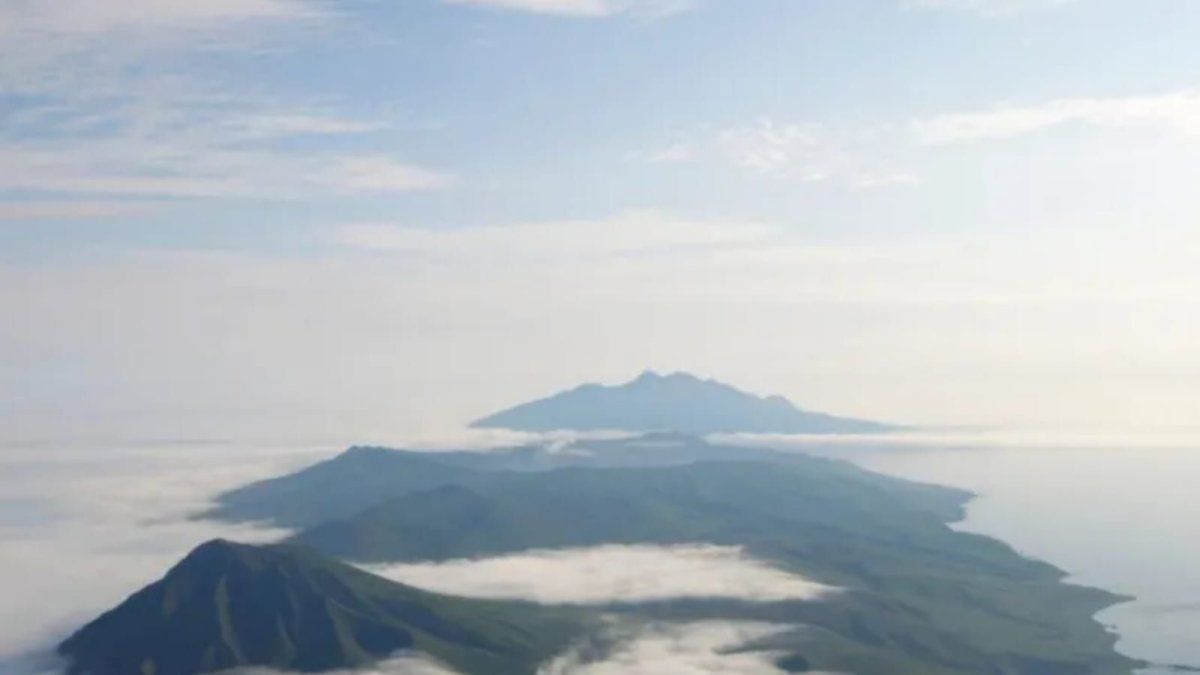A volcano, whose location was unknown, erupted in 1831 in an explosive manner and cooled the climatic conditions of the Earth. Now, almost 200 years later, scientists have identified that great “mysterious” one: it is located on an island in the northwest of the ocean. Peaceful.
The eruption was one of the most powerful of the 19th century and dumped so much sulfur dioxide into the stratosphere that the average annual temperature in the Northern Hemisphere dropped by about one degree Celsius (1.8°F).
The phenomenon occurred during Little Ice Ageone of the coldest periods on Earth in the last 10,000 years.
What is the unknown volcano that cooled the Earth 200 years ago
Although the year of this historic eruption was known, the location of the volcano was not. The researchers took ice core samples from Greenland and they examined sulfur isotopes, ash grains and tiny fragments of volcanic glass deposited between 1831 and 1834.
Using a series of techniques to trace the trajectories of the particles, Scientists linked the 1831 eruption to a volcanic island in the northwest Pacific Ocean. This was published in the magazine Proceedings of the National Academy of Sciences.
zavaritsky volcano
The scientists examined sulfur isotopes, ash grains and tiny fragments of volcanic glass.
Courtesy: CNN
It turned out that the mysterious volcano was Zavaritsky on Simushir Islandpart of the Kuril Islands archipelago, an area disputed by Russia and Japan.
What was the Zavaristky eruption like?
Dr. William Hutchison, lead author of the study and principal investigator of the School of Earth and Environmental Sciences at the University of St. Andrews in the United Kingdom, stated: “We have very poor knowledge of the eruptive history of many of the Earth’s volcanoes, especially those located in remote areas.”
Zavaritsky’s location is “extremely remote” according to the researcher. “No one lives there and the historical records are limited to a handful of logbooks from ships that passed through these islands every few years,” he explained.
“This eruption had global climatic repercussions, but was long mistakenly attributed to a tropical volcano.”explains Stefan Brönnimann, head of the climatology unit at the University of Bern, Switzerland.
Source: Ambito
I am Pierce Boyd, a driven and ambitious professional working in the news industry. I have been writing for 24 Hours Worlds for over five years, specializing in sports section coverage. During my tenure at the publication, I have built an impressive portfolio of articles that has earned me a reputation as an experienced journalist and content creator.




